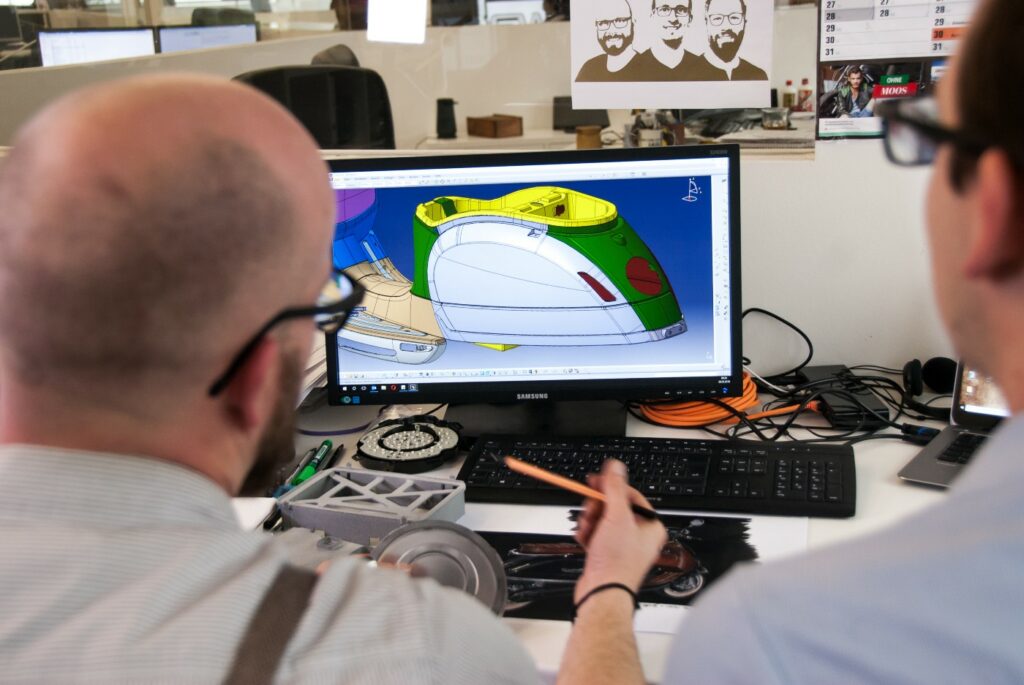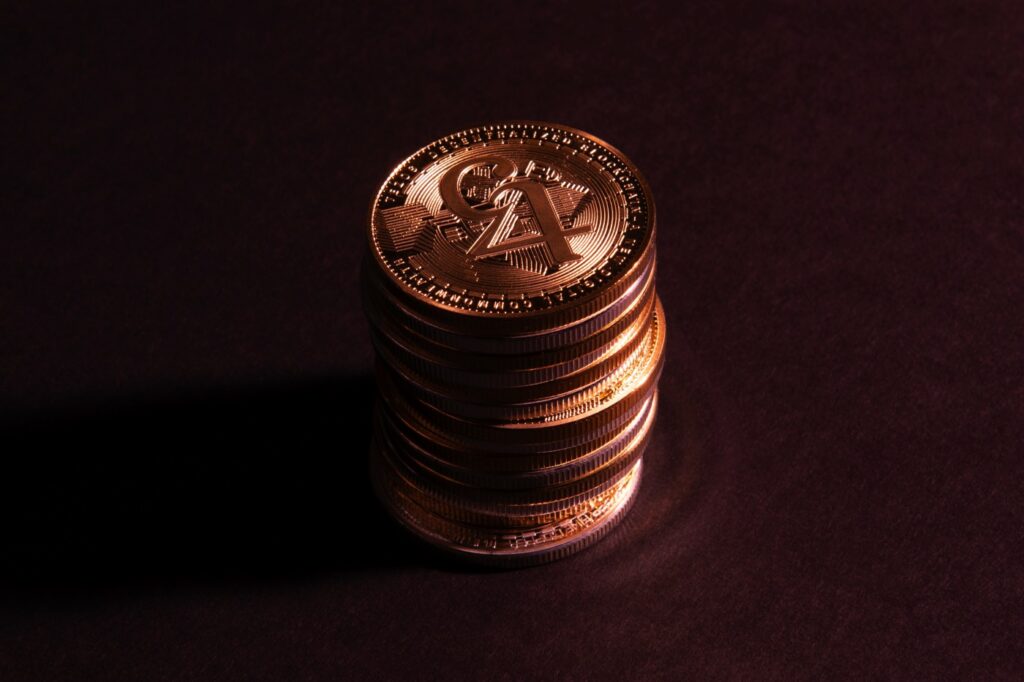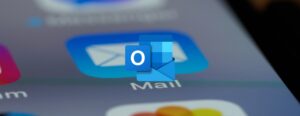The job market doesn’t seem to be in crisis for UX designers and all product design professions. Start-ups have multiplied all over the world bringing with them new ways of collaborating through agile methods. These agile methods are also more and more present in old companies and large groups that are abandoning V-shaped development and hierarchical relationships.
However, this popularization of UX professions is accompanied by a perverse effect: the confusion of professions and skills.
UX jobs are not yet fully understood by recruiters and other bosses. Or rather, by becoming common, people have associated stereotypical ideas with the names of the jobs to make a difference. UX designer are seen as people drawing screens. Product designers are seen as Ux designers’ manager, etc.
There are two ways of thinking that we regularly encounter:
- Thinking that two jobs are different and that you can’t go from one to the other.
- Thinking that all jobs are similar and that one can do the work of the other without any problem.
Companies looking to ride the new trends to stay revelant don’t always understand the value of having a dedicated product team. They create teams and hire profiles because they were told it was important and their competitors were doing the same thing.
Depending on the profiles that compose it, the product team can be independent, included in the development team, or in the marketing team. It all depends on the vision that the managers have of what the UX professions should bring.
The UX market is disrupted because of job posts that don’t correspond to the needs of companies.
A UI and a UX designer do not have the same objectives, do not work in the same way, and are different professions. Yet job offers for designers often ask for UX/UI designers.
This confusion is even more important since the skills cross between professions and the names used in the ads often confuse professions and roles.

The product professions
Initially, product designers were often senior engineers in charge of a development team. Their role was to oversee the progress of a project for which they were responsible for both the technical and interface aspects.
When the new profession of UX designer was born, a new profile was included in the teams, not doing development but being dedicated to the analysis of usability, ergonomics, and user satisfaction . UX designers are in charge of studying users, and their needs, carrying out tests, and designing mock-ups.
With the UX designers came a complementary profile: the UI designers, taht are in charge of designing the interfaces after the UX designer has defined the information architecture and the interaction design.
UX designers then diversified and specialized in certain activities. Some became product designers, splitting product development from technology development. Some specialized in user research, creating the profession of UX researcher. Some with a more marketing profile created the CX designer working for the consumer rather than the end-user.
In addition to these new profiles and their diversification, other job names have appeared. Coming from agile methods, product owners and product managers are sought-after profiles. However, they are not professions in themselve. These are roles that are given within an agile team. The product owner must be the voice of the end-users to the developers, it’s a role that UX designers, researchers and product designer can have.

All these new titles groups together common technical and social skills and are quite similar to each other. In bulk, we can find on almost all the job offers :
The social skills
- empathy, to create for users you have to be able to put yourself in their shoes and understand how they think.
- curiosity, the environment evolves quickly, having a curiosity for other disciplines and subjects than one’s own is a prerequisite for creativity
- communication skills, working in a team and having to explain their role to other teams, being able to communicate effectively is essential
- Interest in technology, as product experts are looking to innovate and invent new technologies, so an interest in technology is the foundation.
The technical skills
- mock-up, main deliverable mock-ups are the heart of the visible work. Mastering Figma, Adobde XD or Axure is therefore necessary
- information architecture and expertise that others don’t have, the organization of information allows directing users to the important things
- Usability tests are a major tool in user research that can be used upstream or downstream of product development and allows ideas to be compared with real-life conditions of use
- Qualitative and quantitative analyses, justifying the ideas we have with questionnaires and quantitative reports allow us to give credibility to our projects
Kiss the fundamental rule behind the minimalism
KISS is the fundamental rule for UX design
And an interest in
- ergonomics, simplifying interfaces to make them ergonomic is at the heart of the user experience
- design thinking, a methodology for developing a product through design found in many product teams
- Agile design is a new and widespread way of working. Knowing the principles of SCRUM is therefore a minimum
- HTML/CSS coding, without needing to code, many ads ask for knowledge on this subject so as not to ask the impossible of developers
More specific skills like 3D design for product designer or to know one specific skills for user research aren’t known by recruiters and will only be asked for specific project.
Companies are looking for the same kind of profile for all product team positions to assign them a part of the project.
5 disciplines to study to become a better Designer
It is common knowledge that the UX design was named by Don Norman in the 90s. It is something quite rare to know the name
In theory, the design flow could follow the following pattern:
- The product designer designs the product in an iterative process and ensures that what is done will fit properly in the market
- The product owner decides what needs to be done, prioritizes the features to be developed, and liaises with the development team.
- The UX researcher studies the market, the users and defines their needs, their constraints, what they are willing to do, what they can do
- The UX designer designs a low-fidelity model, the skeleton of the interfaces, allowing to understand the interactions, the user path, and the friction points to avoid
- The CX designer studies how to transform the end-user into a consumer and the purchasing and engagement functionalities to include
- The UI designer transforms the low-fidelity mock-ups into screens according to the standards in force, applies the graphic charter, and finalizes the appearance of the product
(This flow also represent the unoficial hierarchical position often perceived by people inside companies. Flat hierarchie still being a hard concept to grasp for people.)
In reality, these jobs intersect and one will regularly be asked to do the work of the other due to a lack of human resources. A product designer may have to design mock-ups and have them validated during user tests, thus fulfilling the role of UX designer and Ux researcher. A UX designer will often have to propose complex interfaces during prototyping, becoming de facto a UI designer.
All of these skills are required and sought after in all people working in the product world. This common base then begs the question: are the jobs interchangeable? The short answer is yes.
However, a UX designer applying for the position of product designer will often be turned down simply because his title does not match, even though the required skills are there.
Designers are seen as doctors. The UX designer is the general practitioner who knows everything without being an expert, the product designer and UX researcher are seen as specialists who are therefore able to fulfill the role of a general practitioner. The UI designer is seen as a nurse whose skills are more remote but who can do the job if no doctor is available.

The major difference between the product professions is the sensitivity and expertise of the skills. Information architecture and visual design are more in demand for UI designers. User research will be the specialty of UX researchers who will push techniques and tools to their limits. Agile management is mainly required from product designers who will have to oversee the design process.
If a Ux designer is comfortable with creativity or user testing, there is nothing to prevent him from becoming a good Ux researcher or product designer. On the other hand, a product designer is expected to have skills in Ux design, or even UI design, because as a project manager, managers expect him to be able to do the work of his subordinates.
In the end, the UX market has created a lot of specialized job names but they still require the same profiles, the same common skills. One is often asked to do the work of the other, proof that a porosity exists which means that career evolutions are not limited to a single title. This does not mean that everyone can do everything, but that the specific skills needed to move from one function to another are not so complicated to acquire if you take the time to study the subject.
What to do with this whole situation?
From an immediate pragmatic point of view, Ux designers must question their ability to move to another job to open up their possibilities.
In the medium term, all the product professionals will have to get together to clarify the situation. We can imagine grouping all these professions under a common name and specifying, through a tree of more specific skills, which specialty we are heading for.
A new common title will probably appear in a few years to designate people working to construct products and current terms will be seen as specialization or role. Just like developer is a general term and people have specialized in front or back end clarifying their current skills and their acquirable skills

